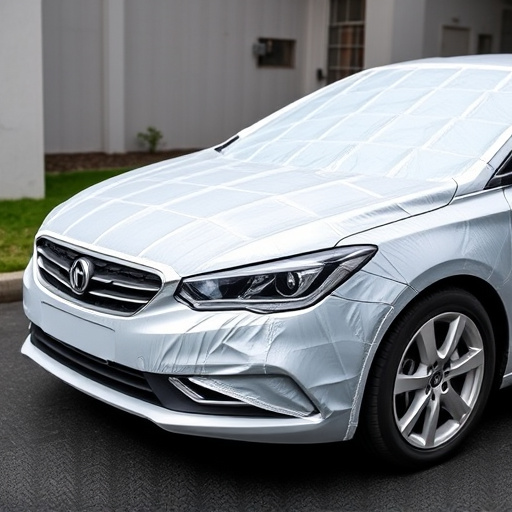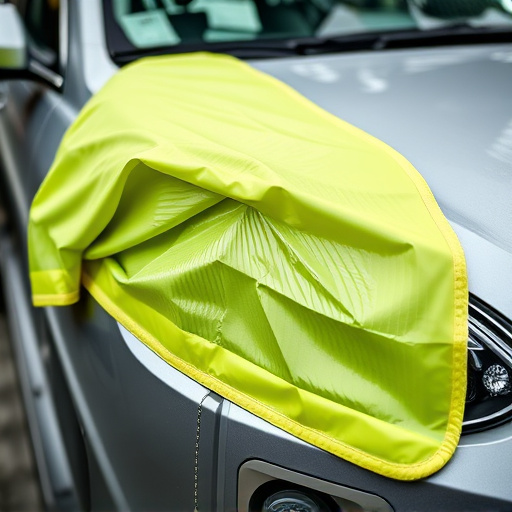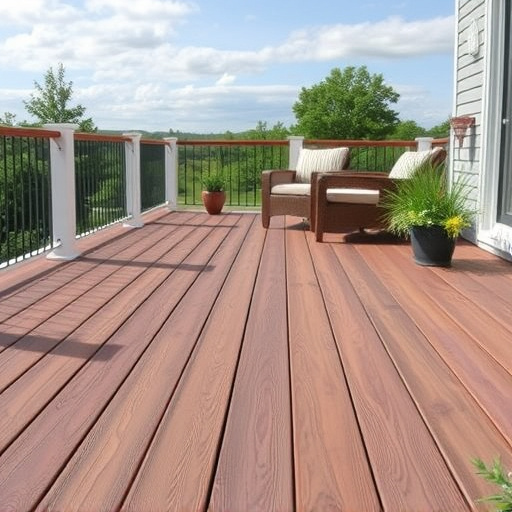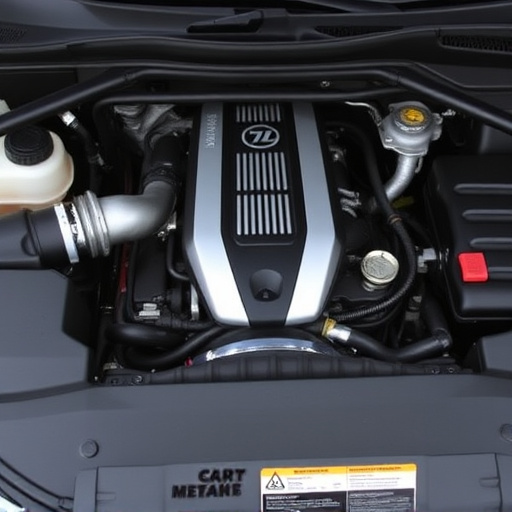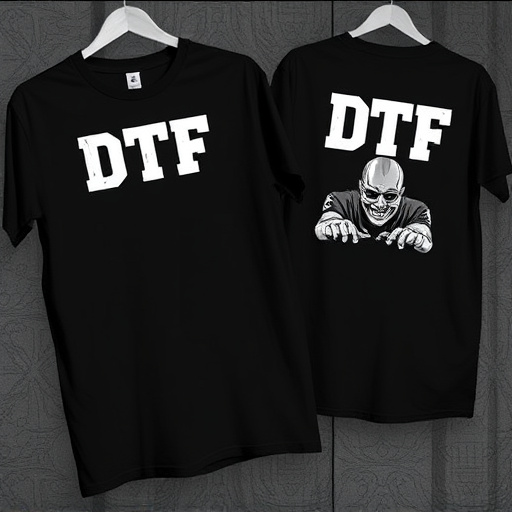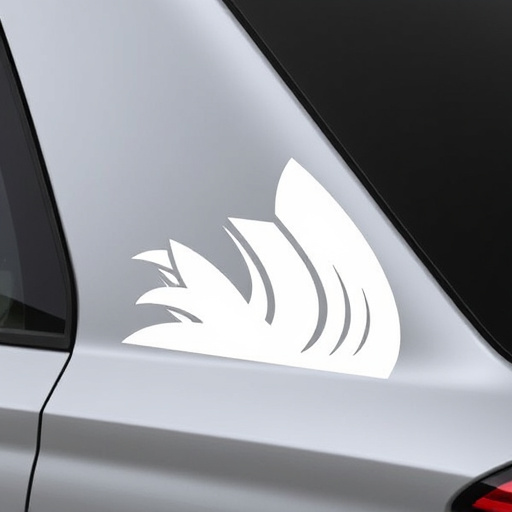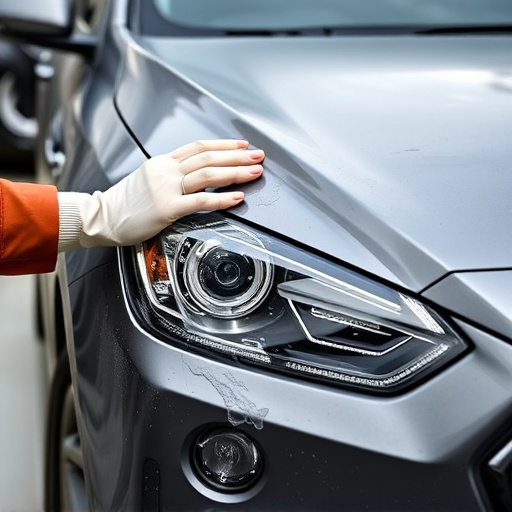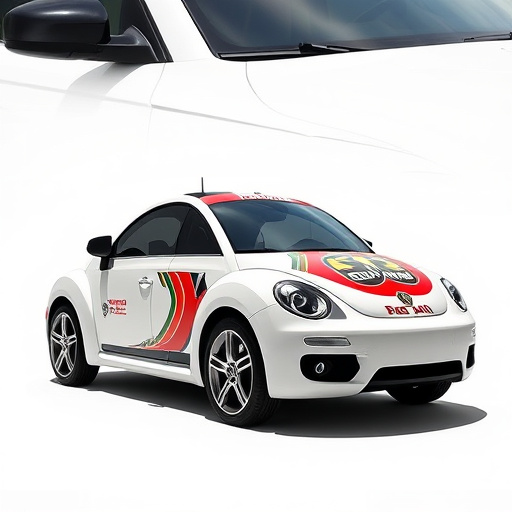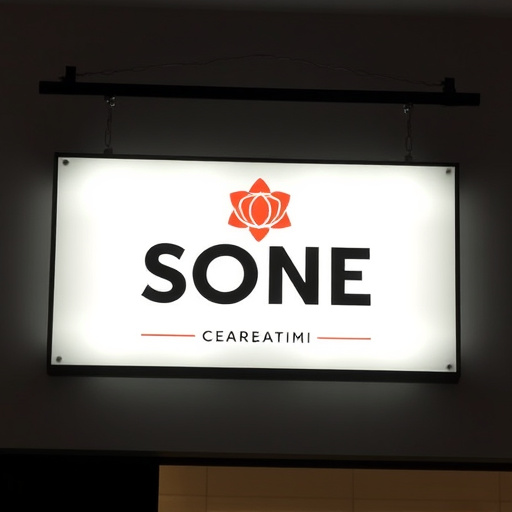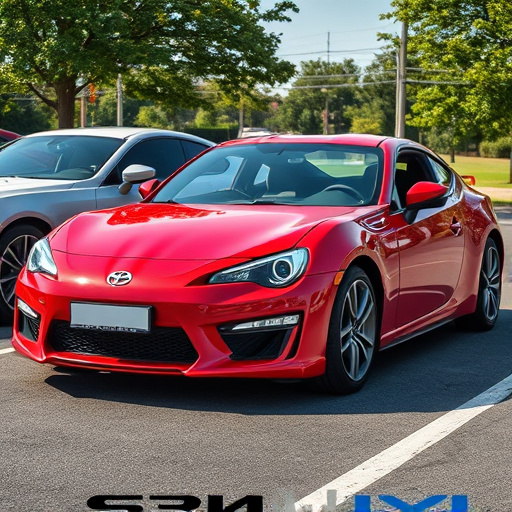Vintage car owners protect their precious mirrors from wear and tear using mirror protection film, preserving aesthetics, enhancing resale value, and offering extra security. This paint protection film (PPF) acts as a vinyl wrap, shielding against UV rays, bird droppings, and debris with a sleek finish. Advanced options include anti-glare properties and improved visibility. Proper preparation, including cleaning and surface treatment, ensures optimal adhesion during installation in well-ventilated areas using correct tools. Combine with ceramic tinting or wraps for enhanced UV protection and style.
“Preserving the pristine condition of vintage cars is a meticulous art, and one crucial aspect often overlooked is protecting their mirrors. This guide explores the world of mirror protection film, an innovative solution for safeguarding these delicate surfaces.
We’ll delve into the advantages of such films, from preventing scratches to enhancing visibility. The article showcases popular options available in the market, offering a comprehensive overview of materials and designs. Additionally, it provides practical tips for installation, ensuring a successful and long-lasting protective layer for your vintage car’s mirrors.”
- Understanding Mirror Protection Film and Its Benefits for Vintage Cars
- Popular Types of Mirror Protection Film on the Market
- Application Tips and Best Practices for a Successful Installation
Understanding Mirror Protection Film and Its Benefits for Vintage Cars
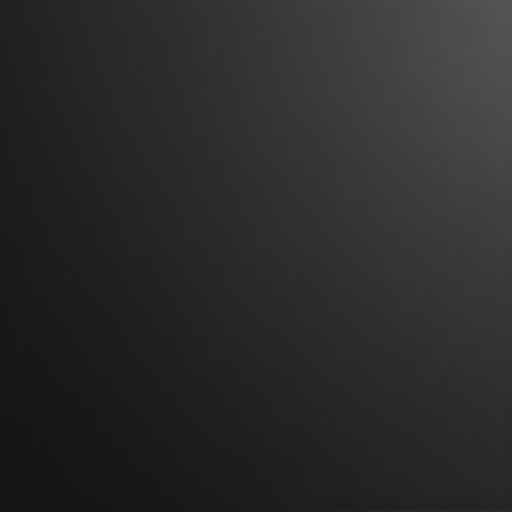
Mirror protection film is a specialized automotive accessory designed to safeguard your vintage car’s mirrors from damaging scratches, scrapes, and cracks. This innovative solution is particularly beneficial for classic cars, which often feature delicate mirror designs that are vulnerable to everyday wear and tear. By applying a thin layer of protective film over the mirror’s surface, owners can preserve the original aesthetics while ensuring longevity.
One of the key advantages of mirror protection film is its ability to enhance vehicle resale value. Keeping mirrors in pristine condition contributes to the overall visual appeal and historical integrity of vintage cars. Moreover, it serves as a valuable investment in premium automotive services, allowing car enthusiasts to enjoy their classic vehicles for years to come without compromising on their beauty and performance. This protective layer also offers an extra level of security against accidental damage, making it a must-have vehicle enhancement for any owner prioritizing the preservation of their vintage ride.
Popular Types of Mirror Protection Film on the Market
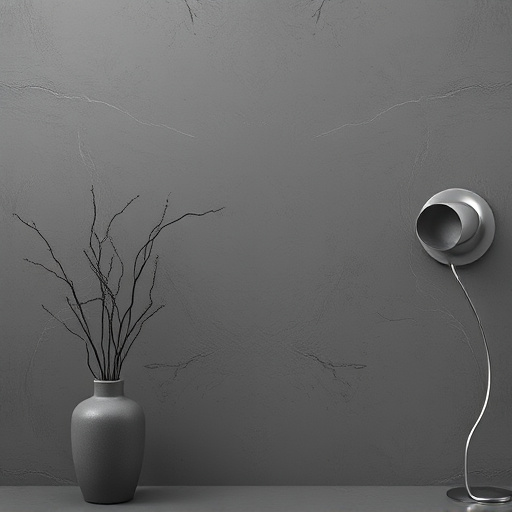
In today’s digital era, vintage car enthusiasts are increasingly prioritizing the protection and preservation of their cherished vehicles. One key area of focus is the interior and exterior mirrors, which can be susceptible to scratches, cracks, and other forms of damage. Enter mirror protection film, a game-changer in the world of automotive care. Popular types include both protective coatings and paint protection film (PPF), designed to offer lasting defense against environmental factors like UV rays, bird droppings, and small debris.
These innovative solutions are often applied as vinyl wraps, providing a sleek, glossy finish that not only protects the mirrors but also enhances their appearance. The market offers a wide array of options tailored to different mirror sizes and shapes, ensuring every vintage car owner can find the perfect fit. Moreover, many films come with advanced technologies like anti-glare properties, improved visibility, and easy application, making them popular choices for those seeking both functionality and aesthetics in their classic cars.
Application Tips and Best Practices for a Successful Installation
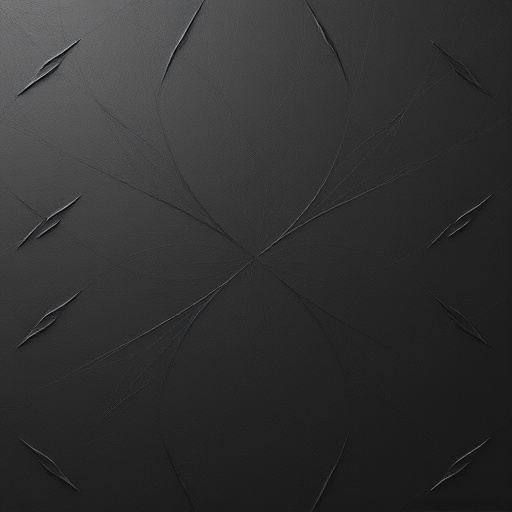
When applying mirror protection film to vintage cars, precision and preparation are key. Start by thoroughly cleaning and decontaminating the mirrors to ensure optimal adhesion. Use a dedicated automotive cleaner to remove any residue or contaminants, and make sure the surface is dry and free of fingerprints. It’s important to note that proper surface preparation enhances the durability of the mirror protection film, ensuring it remains clear and effective for years to come.
During installation, follow best practices such as working in a well-ventilated area, wearing protective gloves, and using the appropriate tools. Line up the film carefully, starting from one edge and smoothing it out as you go. Avoid introducing air bubbles or wrinkles by applying even pressure with a squeegee or specialty tool. For optimal UV protection and added style, consider pairing ceramic window tinting or vehicle wraps with your mirror protection film for a complete restoration solution.
Protecting vintage car mirrors with mirror protection film is a sensible investment, offering both aesthetic preservation and practical benefits. By selecting the right type of film from the diverse market options, car owners can safeguard their classic vehicles from damaging UV rays while enhancing visibility. With careful application following best practices, these films ensure long-lasting protection without compromising the car’s original look. This simple step contributes to the overall care and value retention of vintage automobiles.
